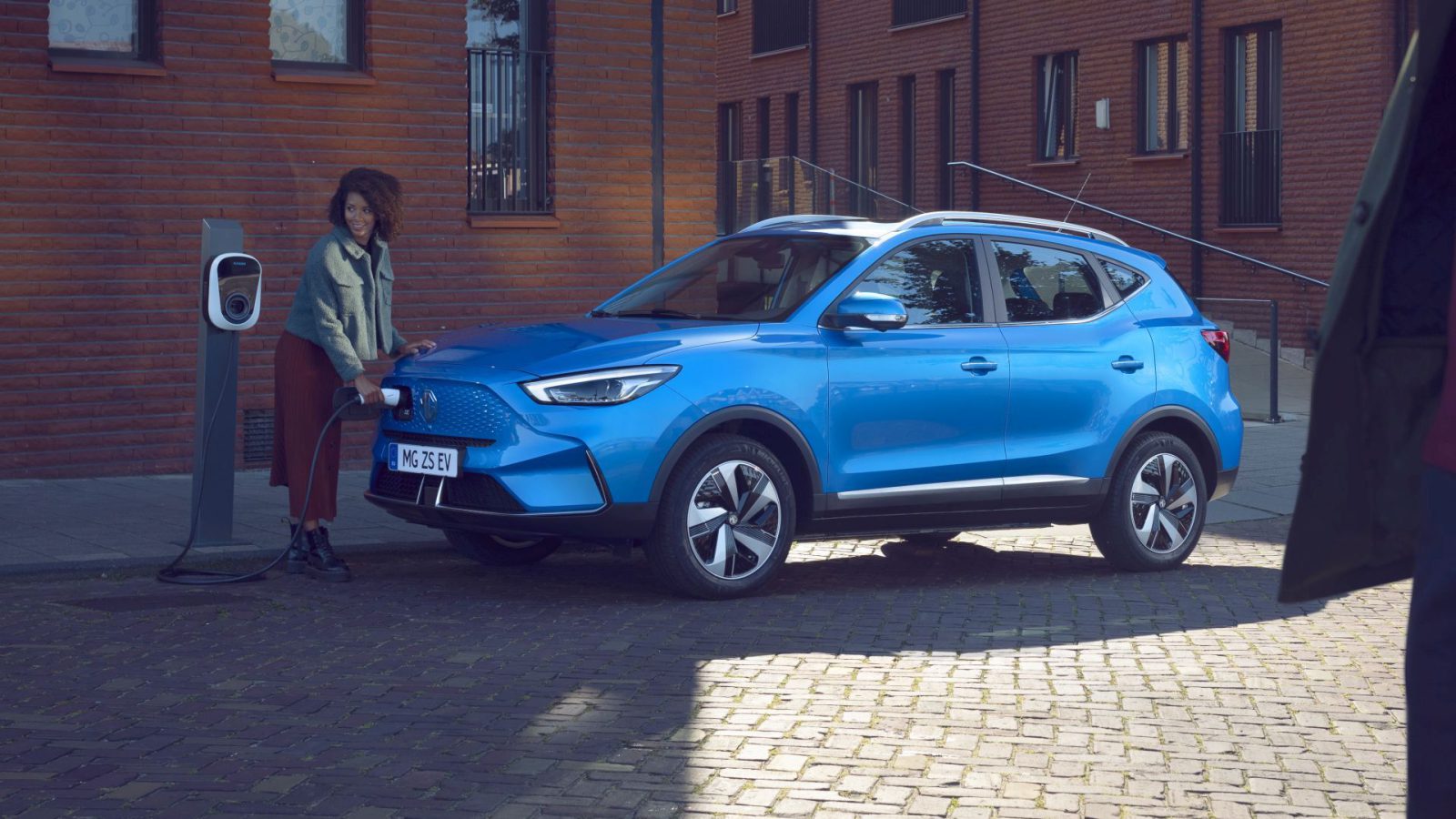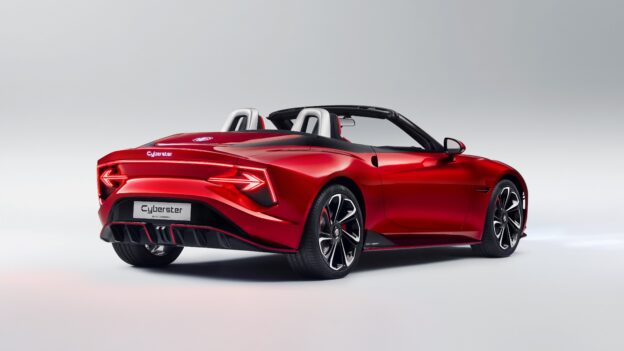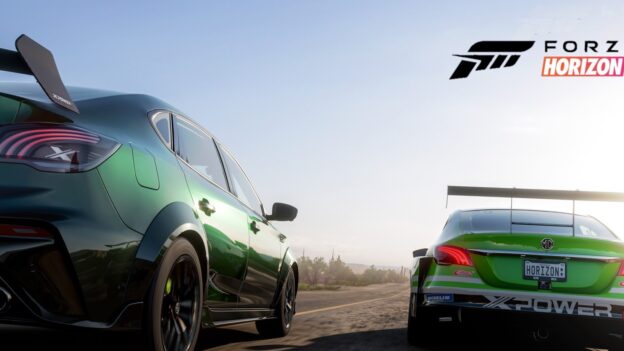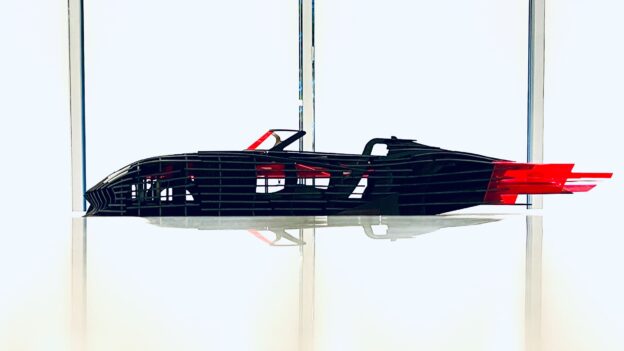Why the MG ZS EV Standard Range is one of the best offerings on the market
When MG introduced the MG ZS EV as the first truly affordable all-electric SUV in the B-segment, the brand caused quite a stir and proved that electric mobility can indeed be accessible to European families. With the renewed MG ZS EV which is now on display in more than 400 MG Brandstores in sixteen European countries, MG is committed to make the EV mobility accessible to everyone.
Think about it: what other EV brand can offer you a stylish, practical SUV with plenty of space for the whole family, with a remarkably extensive standard equipment and 320 km range (WLTP) for a fair price?
Let’s take a look at the MG ZS EV in Comfort trim with the 50.3 kWh Standard Range battery. If you list what this version offers as standard in terms of safety (MG Pilot), infotainment (MG iSMART Lite), driving performance (177 ps), manufacturer’s warranty (7 years/150,000 km), AC charging capability (6.6 kW) and DC fast-charging capability (5-80% in 40 min), combined with the high quality, the attractive SUV design and the spacious, practical interior, the MG ZS EV Standard Range is one of the best offerings on the European EV market today.



Suitable for European driving needs
The Standard Range battery can also be specified in the more generously equipped Luxury trim. In addition, the MG ZS EV is also available with a 70 kWh ‘Long Range’ battery. This version is available in both Comfort and Luxury trim and offers a range of 440 km (WLTP). Experience shows that many (potential) EV buyers immediately focus on the more expensive version with the longest range. But ask yourself: do you really need a 400+ km range?
Let’s give you an idea of the average driving distances in Europe. According to data from the European Commission, European motorists drive on average just 38 kilometres per day. If we only look at our commuter traffic, then we cover just 28.5 kilometres on average, which takes less than half an hour. Furthermore, our cars are parked for an average of 23 hours a day.
Of course, these are all averages. Every motorist has his own travel pattern, and we all travel to a distant destination from time to time. However, these figures do show that a range of 320 km as with the MG ZS EV Standard Range is sufficient for most European motorists, without having to adjust their travel pattern. And if you do need to charge on route to reach your final destination, with the MG ZS EV, you benefit from short charging times due to the high charging speeds, both with a DC fast-charger and a regular AC charging point.

Optimize your EV range
The actual range of a fully charged EV depends on several factors. Such as your own driving style, the load on the car, the weather conditions, the traffic situation, the condition of tyres and the use of power consumers in the car. Furthermore, the range is also determined by the amount of energy that is recovered with the regenerative braking system, called KERS (Kinetic Energy Regeneration System).
If you’re not sure if the remaining range is enough to get to your destination, you can try to maximize your range as much as possible using these tips:
– Drive at a moderate speed, especially on the highway. Survey has shown that you can easily save up to 15% energy by reducing your speed on the highway by 10 to 15 km/h.
– Take it easy when accelerating. Although it’s tempting to leverage the immediate torque for quick launches, you will save a lot of energy when you accelerate calmly from a standstill. So, use the ECO mode. Lead-footed driving will simply drain your battery.
– Use the regenerative braking system (KERS) as much as possible in city traffic. With this, the electric motor acts as a generator immediately when the pedal is released. The energy released during deceleration is captured and stored in the battery. This causes the car to slow down more strongly than usual, depending on the selected mode 1, 2 or 3.
– Anticipate the traffic situation as best you can. If you accelerate too quickly and therefore have to brake often (because you go too fast), a lot of energy is lost. If you’re not using the deceleration effect of the regenerative braking system, release the pedal early. Let the car roll out as much as possible when approaching a red traffic light, crossing or road user in front of you.
– Limit the use of air conditioning and heater. These are heavy power consumers that adversely affect the driving range of the EV. Only use them when necessary. Just use the seat heating when driving alone. Even better: pre-heat or pre-cool your MG ZS EV while it’s plugged in by using the MG iSMART smartphone app. This allows you to set the cabin to the desired temperature prior to departure, without this being at the expense of your driving range. Once on the road, the air conditioning or heater needs considerably less energy to keep the temperature stable.
– Make sure the tyre pressure is correct. The rolling resistance of the tyres has a major influence on the energy consumption of the car. The lower the tyre pressure, the higher the rolling resistance and the harder the engine needs to work.
– No junk in the trunk. As any automotive engineer will tell you, reducing a vehicle’s weight is the easiest way to boost its efficiency. To that end, get the junk out of the trunk and take as less luggage as possible with you to limit the weight of the car as much as possible.
– Keep your MG sliding smoothly through the air. The MG ZS EV has an impressive drag coefficient (Cw) created by the experts in the wind tunnel. So, remove all external accessories such as roof racks and luggage carriers when they’re not in use. The higher the speed, the more air resistance this causes and the more energy the EV consumes.
– Close the windows. When it’s hot inside the cabin, opening the windows instead of using the air conditioning costs more energy. Particularly at higher speeds, energy consumption can increase by as much as 20% due to the significant increase in air resistance through open windows.
– Plan your route. Don’t rush and plan your route before you go. Check which route is best to drive to use as little energy as possible. Avoid areas known for heavy traffic. Check your navigation system on your MG ZS EV which suggests energy-efficient routes.
Want to know more about the MG ZS EV? Find out all you need to know and specify your favourite MG ZS EV model yourself in our car configurator.







